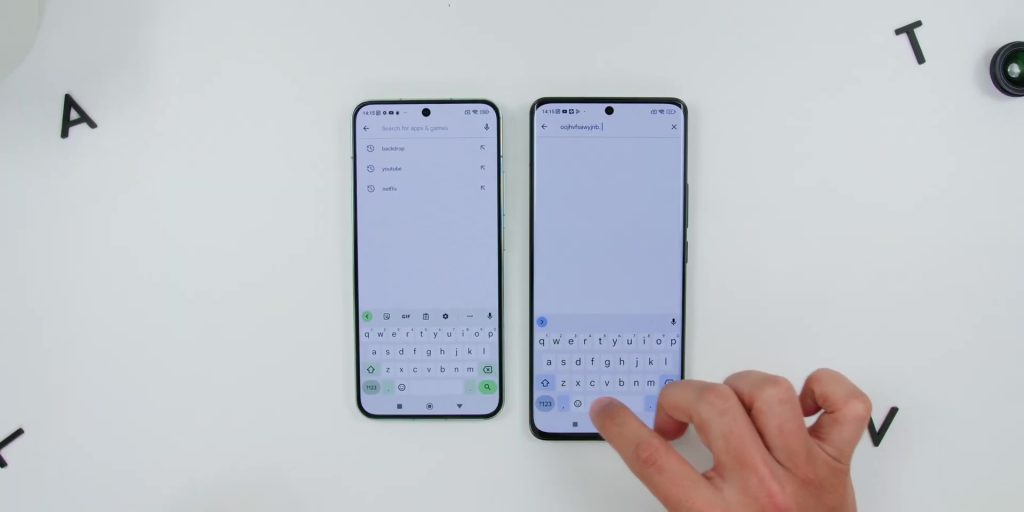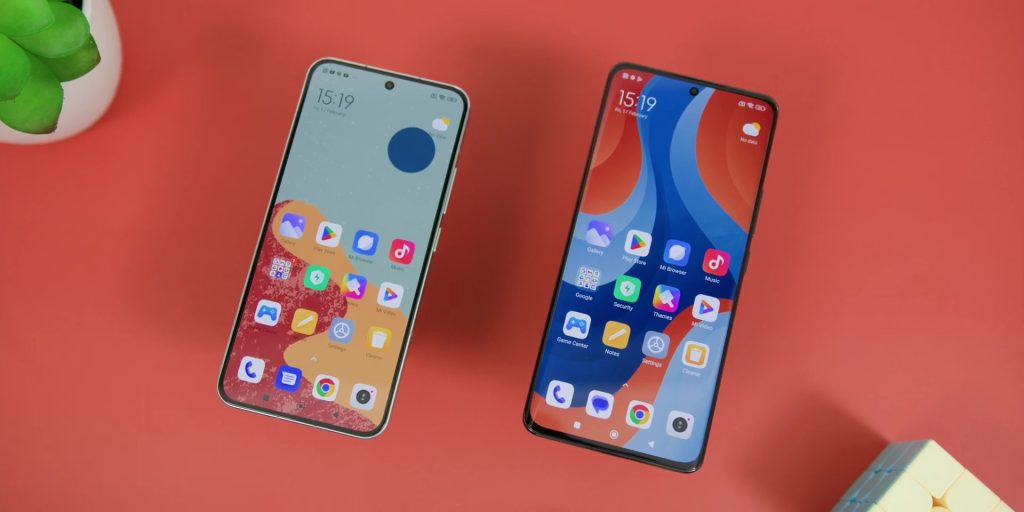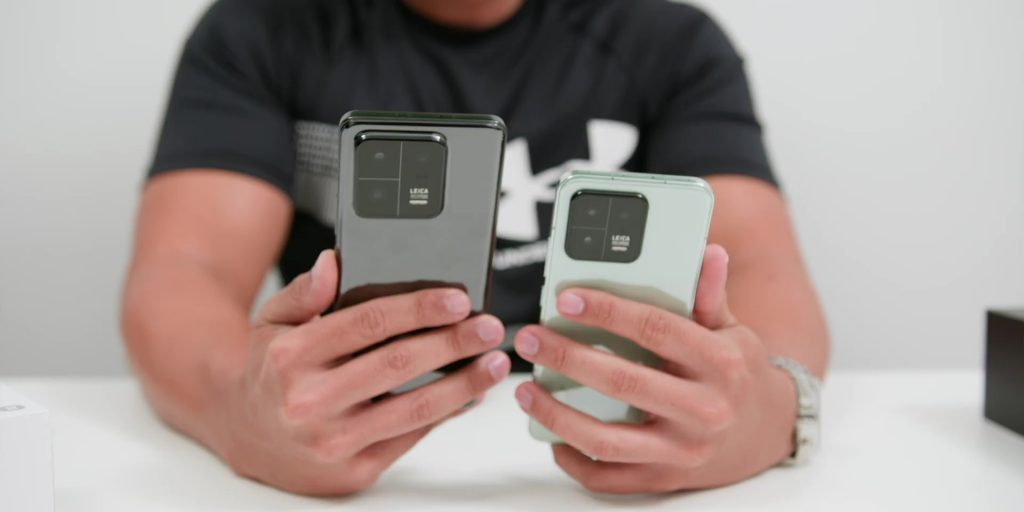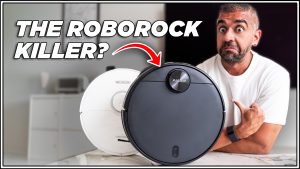So Xiaomi has just dropped the Xiaomi 13 and the Xiaomi 13 Pro, where this Xiaomi 13 Pro has a 1” IMX989 sensor, a 120W Hyper Charging, a stunning WQHD+ resolution screen, and more.
But the Xiaomi 13 also has some great specs too, which are similar to the 13 Pro as well, like the Snapdragon 8 Gen 2 Chipset, a high-quality E6 OLED screen with Dolby Vision and Dolby Atmos support.
And there is a brand-new design on the Xiaomi 13 that we have never seen on any Xiaomi phone before, making it a not-so-obvious choice to choose between the non-Pro and the Pro, so let’s dive in deeper to help you in making your purchase decision.
Unboxing
So the unboxing experience was slightly different, where the Pro comes with a black box and a slightly bigger box as well.
Then both have a clear phone case and the USB-A to USB-C cable.
And the only difference is that the Pro comes with a massive 120W charger compared to a 67W charger on the non-Pro variant.


Build Quality
Now looking at the build quality of the phones, my first impression was that both phones were as solid as Hell, err, is Hell solid? Anyway, yes, these phones are really built tough, and while on paper, the Pro is 229 grams, it didn’t feel like the phone was heavier than the 200-gram mark due to its slimmer sides, and the non-Pro weighs at 189 grams.
So the Pro variant color that I have is in Ceramic Black, and it is also available in Ceramic White.
Then the non-Pro comes with 3 color options, where the one that I have is in Flora Green, a unique and refreshing color. And speaking of green color, am I the only one who thinks that it’s the year of green for smartphones this year?
And it’s also available in Black and White as well.
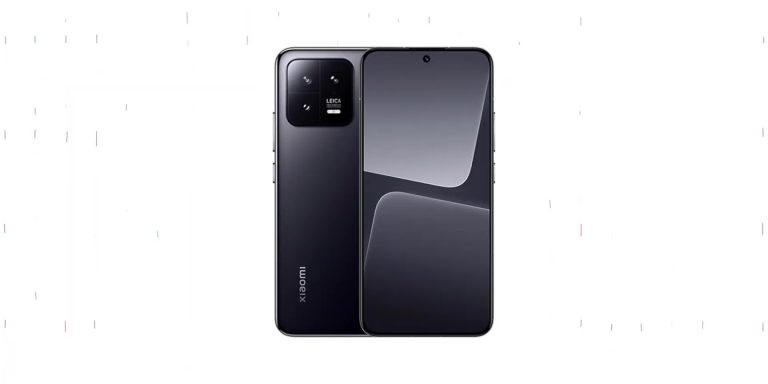
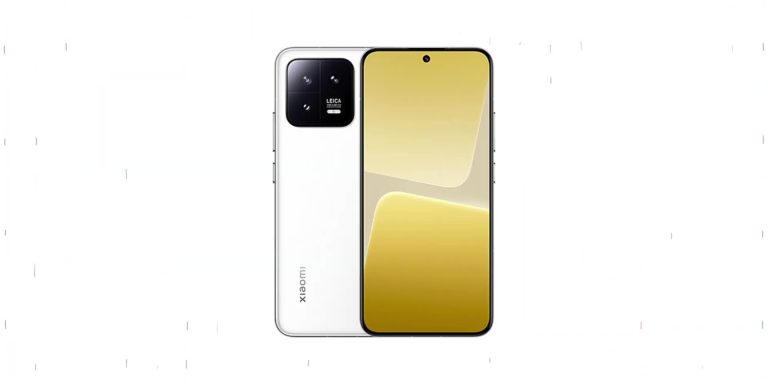
So one very obvious change that Xiaomi made was of course the overall design of the phone. Yeap, what’s up, Samsung and iPhone?
There is a squared camera array for both that is placed towards the top left at the back of the phone, and you will find a significant size difference between the thickness of the camera bump.
But what I really, really love about the phones is that both phones do not wobble at all when I was typing it on a surface.
Then both phones’ ports and buttons were the same with the dual SIM card support without any microSD card expansion for both, the speaker placements were also the same, and the power button and volume rockers are also on the right as well.
Then of course, another noticeable difference is the overall design, or the shape of the non-Pro variant, which had a flatter screen from edge to edge and a boxier design too. So did I prefer this boxy design? Yes, I did! And did I prefer this design over the Pro? Yes, I did!
This is because I’ve always preferred a flatter screen display over the curved edges where it felt nicer to hold, especially since it was very compact too, and the glossy black finish on the Pro did attract a lot of fingerprints, and while this Flora Green color version does attract some level of fingerprint but it’s not so obvious. And here’s where I would predict that I would love this Ceramic White color better as while it is glossy too, but you won’t really see the fingerprints as well.
And finally, both phones have the IP68 dust and water resistance rating, which is great to know as well.
Display
So let’s talk about the displays, the non-Pro has a 6.36-inch AMOLED display and the Pro has a bigger 6.73-inches and as mentioned that both uses the high quality E6 OLED panel and I’ve said it before and I’ll say it again, because not every OLED screen is created equal, and it is proven over here as the screens on the phone were really great.
And while the panel is the same, but the Pro variant has a higher WQHD+ resolution screen compared to FHD+ on the non-Pro variant. And yes because of this, the display is definitely sharper on the Pro but I still felt that the non-Pro screen also looked very nice, where you probably only could tell a difference when you compare it side by side but still not extremely different.
Now, while both can go up to a high refresh rate of 120 Hz which you can switch it for it to adjust dynamically between 1 to 120 Hz or force it to either 60 Hz or 120 Hz. And I feel like it would be extra sweet if there’s also a 90 Hz option too but I have to say that I love how there’s an option on which apps that you would like to toggle the higher refresh rate.
Now, one thing worth mentioning is that when you’re watching videos on a full-screen mode, there’s a slightly more prominent chin on the Pro variant whereas it is more uniform on the non-Pro. But because of the bigger size screen, you will barely notice the chin, once again if you do not compare it side by side.
Then both phones have Widevine L1 playback specification, HDR 10 – HEVC and Dolby Vision and Dolby Atmos Spatial Audio as well, which is a huge plus on both.
Now, peak brightness is up to 1900 nits and when it comes to durability, you have to be extra careful of dropping the non-Pro as it comes with the Corning Gorilla Glass 5 protection for the front glass compared to the higher quality Corning Gorilla Glass Victus for the Pro variant.
Cameras
Now, in terms of the cameras, for the rear, the Xiaomi 13 has the LEICA VARIO-SUMMICRON 50-megapixel IMX800 1/1.56” sensor main camera, a 10-megapixel Telephoto lens and a 12-megapixel Ultrawide lens.
Then the Xiaomi 13 Pro also comes with the LEICA VARIO-SUMMICRON 50-megapixel main camera, but with a huge 1-inch IMX989 sensor, a bigger 50-megapixel Ultrawide lens and another 50-megapixel Telephoto lens, which is also capable of Macro photos as well, so thank God, there’s no dedicated Macro lens!
Then the front cameras for both is a 32-megapixel camera.
So based on my quick test shots, photos of the main cameras on both looked great, where the 1-inch sensor would shine more on objects, especially on video but more on video later. And the shallow depth of field was better and even more natural looking even without using the Portrait mode yet.
Now because of the collaboration with Leica, there is the option to choose between Leica Vibrant for a more vibrant but not too saturated image and also Leica Authentic for a more close-to-life kind of color, but I do prefer the Leica Vibrant a bit more so I’ll be using that mode during my whole entire test.
Now, you can zoom optically up to 75mm or 3.2x in the camera app with amazing details thanks to its dedicated Telephoto lens on each but you’ll see a tiny bit more details on the Pro but only if you really pixel peep.
Then the Ultrawide shots on both were really great too with fantastic dynamic range and the Pro is slightly wider at 14mm compared to 15mm on the non-Pro variant and it also brings up the shadows just a little more.
Then there’s also the Full Body Mode to take portrait shots of the entire body instead of typically taking portrait shots of just a person’s face and I prefer the non-Pro over here but that could be because of its shutter speed, which was at 1/91 instead of 1/100 on the Pro.
Then if you switch into the Portrait mode in the app, for both you can choose between different focal length from 35mm to 50mm, 75mm and 90mm with different preset effects too and among all, I have to say that I love the look on the 35mm and also the 50mm as well. And since the both look the same, I just took it on the Pro over here.
Then the selfie photos on both were equally as good, with nice skin tones on the Regular and the Portrait mode had more control over the aperture value too. And if there is more than one person in the shot, it will zoom out the selfie camera digitally as well.
Video Recording
[Video sample footages are in my YouTube video]
Then as for video recording, the rear lenses on both can record up to 8K 24 frames per second and the 4K video was excellent in quality and very well stabilized.
And if you switch to the Steady Video Pro or the Steady Video, it will bring down the resolution to 1080p 30 frames per second, so I would just prefer using it in the 4K mode since it does look very stabilized, as the Steady Video Pro had a little wobble to compromise on the stabilization on the sides too.
And speaking of which, the front camera only records up to 1080p 30 frames per second. Yeap, but to be fair even with that resolution, the quality, and stabilization have heavily improved and still look very great.
Specs
Next, looking at the other specs of both of the phones. Now both have the Snapdragon 8 Gen 2 chipset, the latest Qualcomm smartphone chip. So it is lovely that there’s no “chipset discrimination” between the Pro and the non-Pro, which is usually the case.
Then this new Snapdragon chipset also plays a role in the image processing to work hand-in-hand with the Leica technology lenses, through its Qualcomm Spectra AI Engine.
Now, during my test on using both phones for several days, I did not find any bugs or any lags when loading websites, apps or even some gaming too, thanks to Qualcomm’s Snapdragon Elite Gaming to increase the overall gaming performance.
And for you spec nerds out there, the phone comes with the LPDDR5X RAM for both and UFS 4.0 storage where I will list the RAM and storage options available specifically here in Malaysia for you to purchase in the pinned comment below.
According to the spec sheet that I have, there’s the option of either 8GB of RAM or 12GB of RAM for the non-Pro and just 12GB of RAM on the Pro, with only 256GB storage option for the non-Pro, or either 256GB or 512GB storage option for the Pro variant.
Then in terms of battery, the non-Pro has a 4,500 mAh of battery and the Pro comes with a bigger 4,820 mAh. And as seen earlier, the Pro comes with a higher 120W HyperCharge capabilities to get you from 0-100% battery in just 19 minutes compared to the 67W Adaptive Charging on the non-Pro, which does the same amount of charging but at 38 minutes instead.
Then the wireless charging on both devices is up to 50W and 10W of reverse wireless charging as well.
And yes as usual, I’ll see how much battery life that I get on either one of the phones or even both of the phones, so stay tuned for my full video review on that.
Now, as for the phone’s software, the Pro comes with the latest MIUI version 14.0.11.0 built on Android 13 and while the non-Pro version is also an Android version 13 but the MIUI version was at version 14.0.6.0.
And what’s extra sweet is that Xiaomi promises up to 4 years of Android, MIUI, and security updates, making these two phones a future-proof device as well.
So with this, as you have seen, there’s a not-so-obvious winner over here, so you tell me which one of these smartphones would you like for me to review first and I’ll do a full video review on that. Or would you like for me to do an in-depth comparison video?









